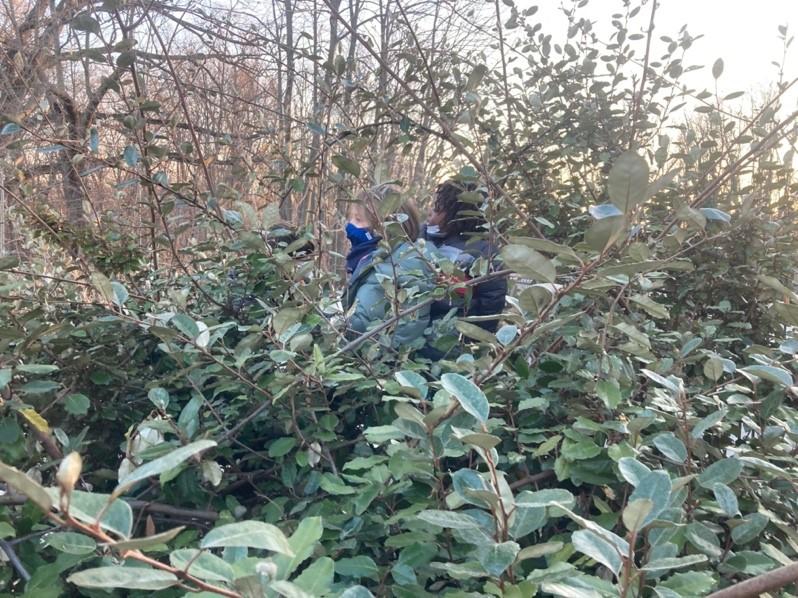Check out a nature studies blog from Ms. Jung. Our Cherry Tree friends climbed all the way to the top of (a short) tree. They were very proud of their achievement, and happily played up there for quite a long while.
Risky play, such as tree climbing, is part of growing up. It is a very old part of our human heritage, we have climbed up and down trees since the dawn of history. Trees, and forests were humanities first playgrounds. We do recognize the risks children take when they climb trees, and thus make sure children can safely climb down as well as up before allowing any kind of climbing at all (the same is true for any climbing structure). We also make sure children can figure out climbing up and down by themselves. We never lift a child up, but we do occasionally lift someone down who has found themselves to be stuck.
We also always have a teacher close to the climbers, and make sure only certain trees are being used for climbing.
Having said all that, the benefits of climbing seem to outweigh the risks:
- Children learn how to evaluate a challenge and decide on a course of action
- Children build resilience trying to figure out how to solve a problem: how to climb up and down a tree/climbing structure by themselves
- Children gain a sense of pride in their achievement
- They train their gross motor muscles, spatial awareness, self-confidence, problem solving, and social-emotional skills of negotiating a hard challenge
- Training gross motor muscles is part of developing body-awareness
- IT IS FUN
Maren Jung is the Forest Explorers Director and our Nature Studies Teacher. Learn more about WSB's sustainability initiatives.

